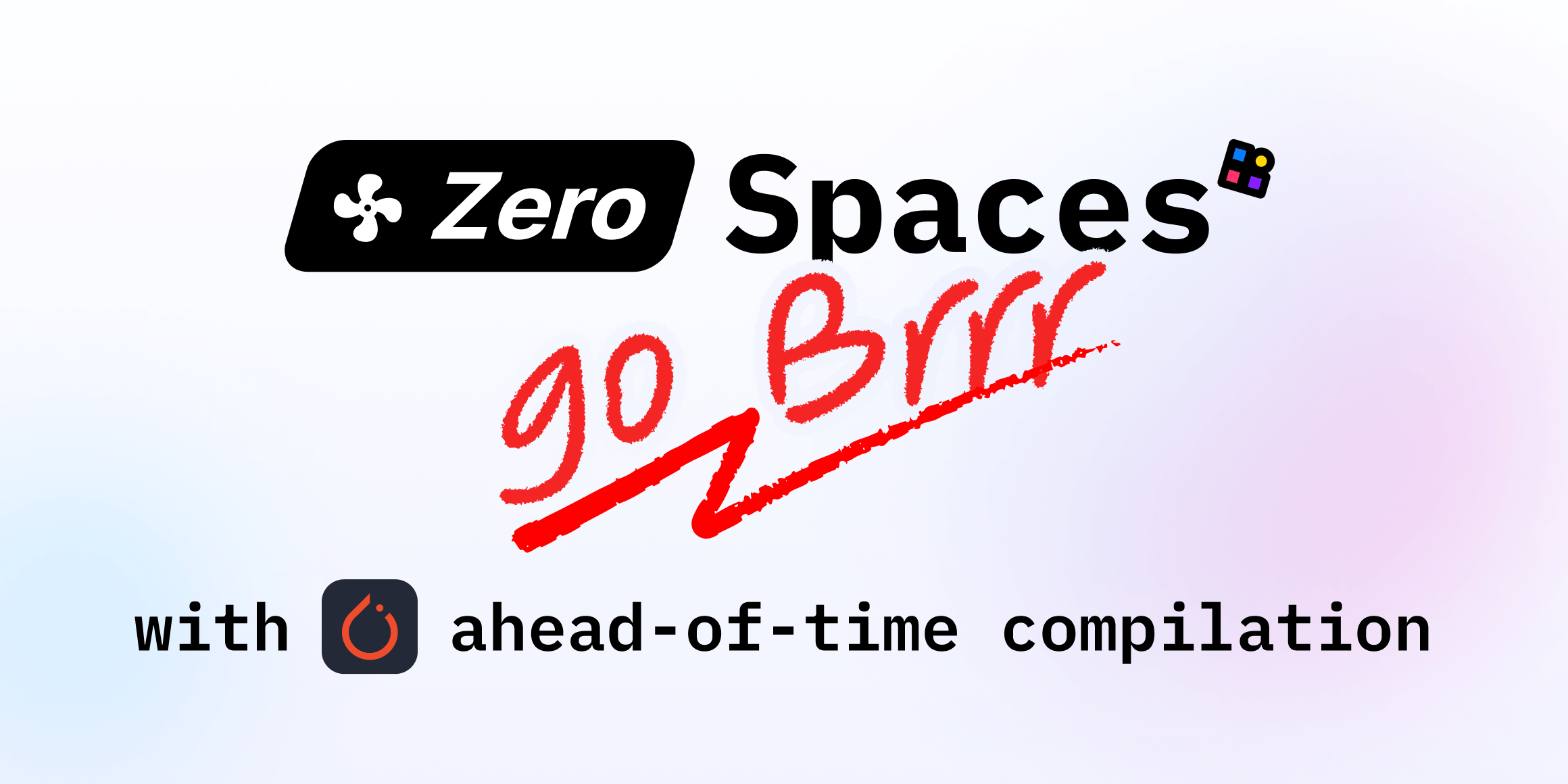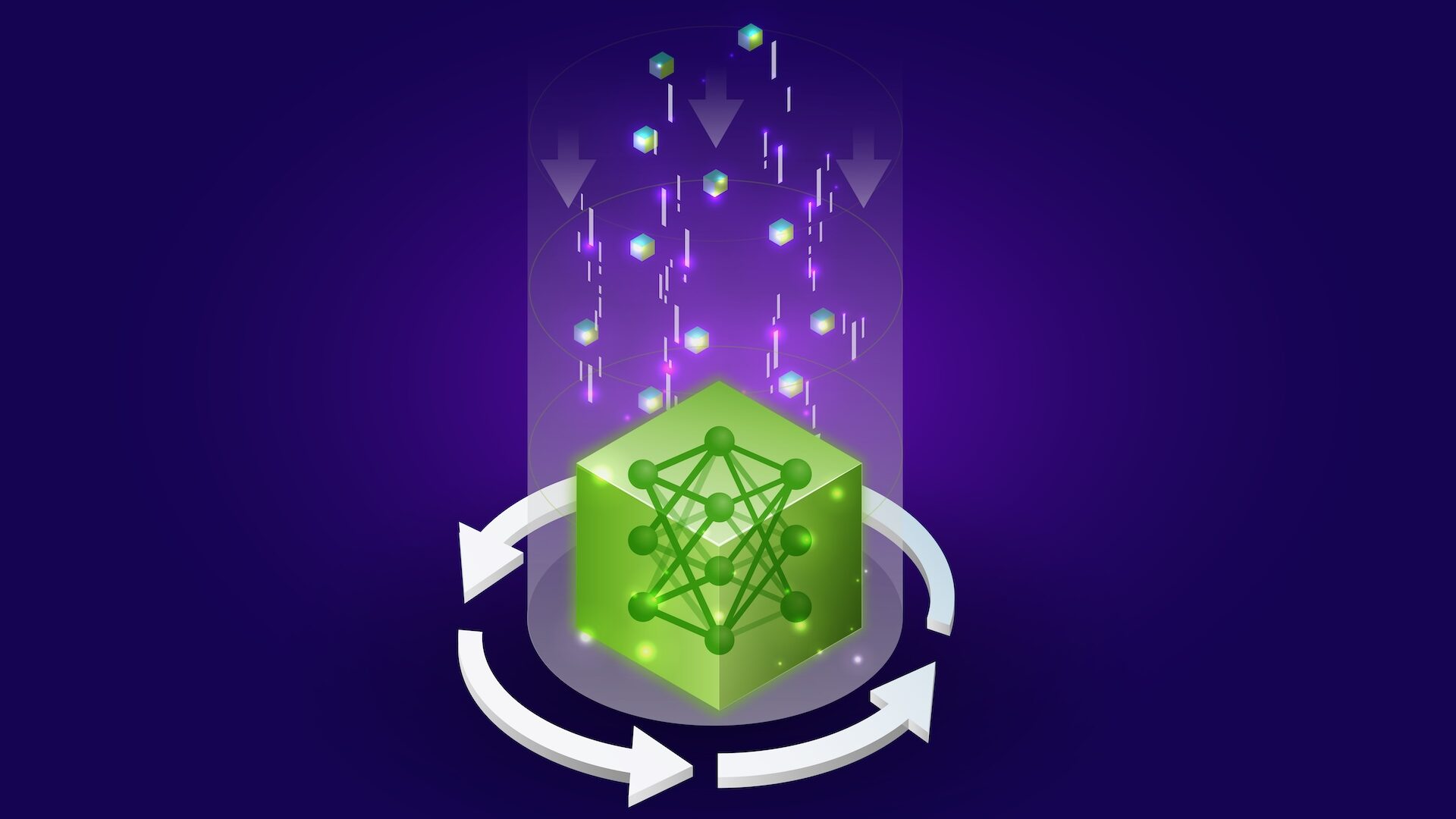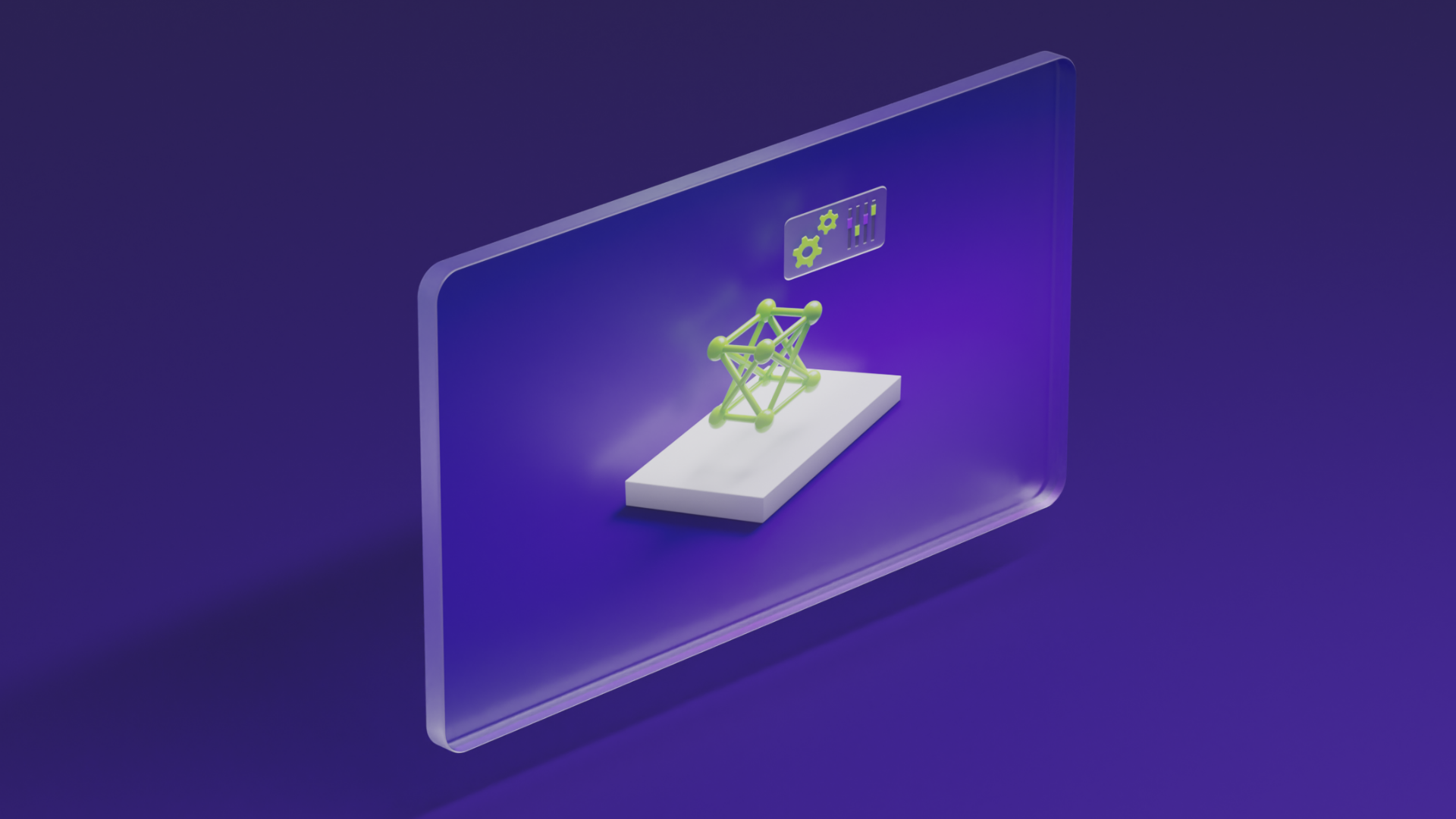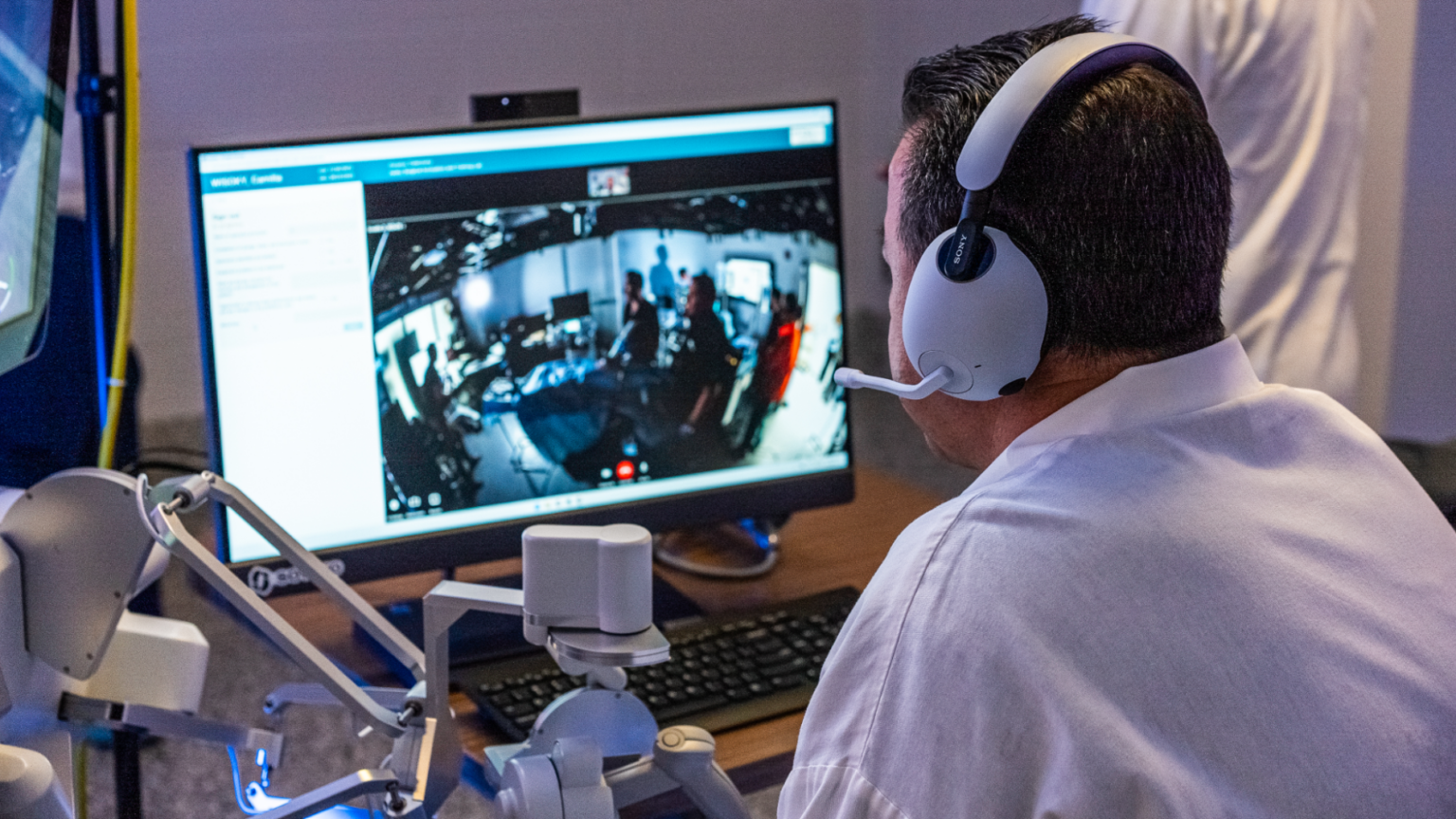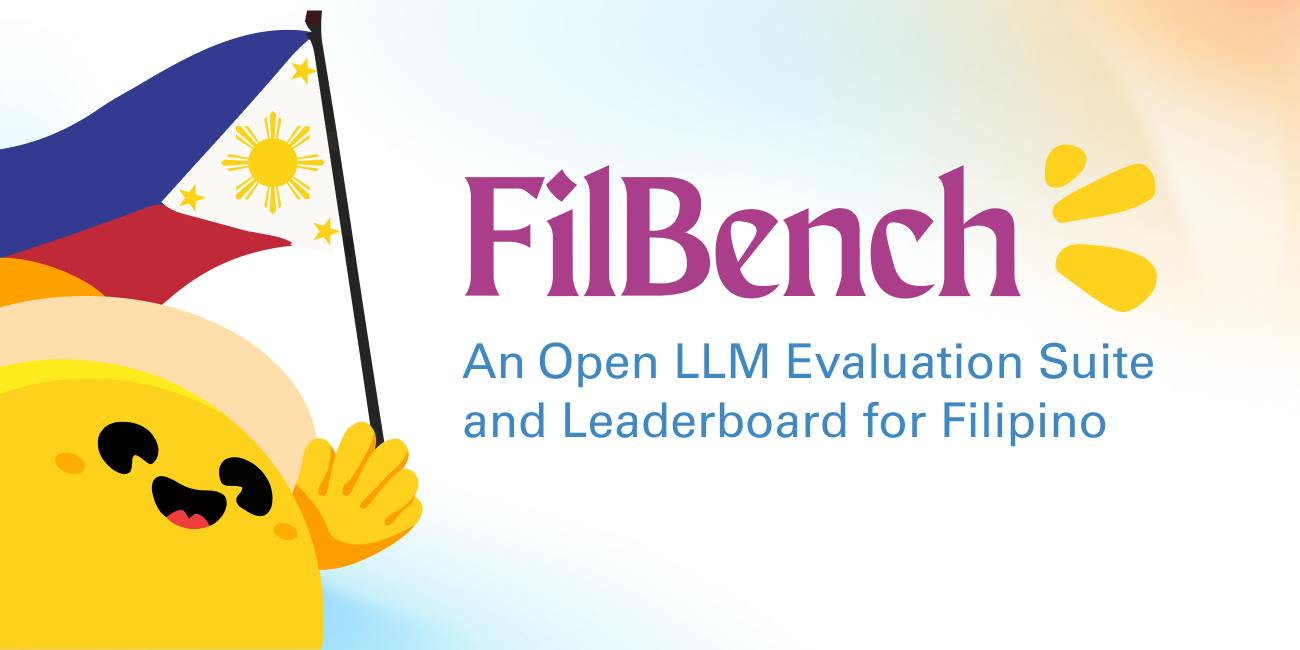
FilBench: Filipino Language Evaluation Suite for LLMs (Tagalog, Filipino, Cebuano)
Sources: https://huggingface.co/blog/filbench, Hugging Face Blog
Overview
FilBench is a comprehensive evaluation suite designed to systematically assess the capabilities of large language models (LLMs) for Philippine languages, specifically Tagalog, Filipino (the standardized form of Tagalog), and Cebuano. It moves beyond anecdotal impressions by evaluating fluency, linguistic and translation abilities, and cultural knowledge across four major categories: Cultural Knowledge, Classical NLP, Reading Comprehension, and Generation. Each category contains multiple tasks (twelve in total) and is curated from a historical survey of NLP research on Philippine languages spanning 2006 to early 2024, with an emphasis on non-translated content to reflect natural usage. To synthesize a single representative metric, FilBench computes a weighted average of category scores, producing the FilBench Score. The suite runs atop Lighteval, an all-in-one framework for LLM evaluation, and defines translation pairs (English to Tagalog or Cebuano) for common terms such as “yes” (oo), “no” (hindi), and “true” (totoo). Templates are provided to implement custom tasks aligned with the capabilities being evaluated. FilBench is available as a set of community tasks in the official Lighteval repository.
Key features
- Language coverage: Tagalog, Filipino, and Cebuano.
- Four major categories: Cultural Knowledge, Classical NLP, Reading Comprehension, and Generation.
- 12 tasks across categories with aggregated metrics; FilBench Score computed as a weighted average.
- Language-specific evaluation via English-to-Tagalog/Cebuano translation pairs for common terms (e.g., oo, hindi, totoo).
- Built on top of Lighteval; FilBench tasks released as community tasks in the official Lighteval repository.
- Focus on non-translated content to reflect natural usage in Philippine languages.
- Evaluation of 20+ state-of-the-art LLMs; analysis of efficiency and accuracy across models.
- Insights on region-specific models (SEA-LION, SeaLLM) and their parameter efficiency; comparison with closed-source models like GPT-4o.
- Evidence that 2–3% gains can come from continuous SEA-specific instruction-tuning data.
- Observations on generation challenges, including following translation instructions, verbosity, and cross-language hallucinations.
- Emphasis on cost and compute efficiency due to local constraints; identification of Pareto-frontier models.
- Open-weight LLMs from HuggingFace can be cheaper without sacrificing performance; Llama 4 Maverick highlighted as an alternative to GPT-4o for Filipino tasks.
- FilBench leaderboard available in the Hugging Face space for transparency and benchmarking.
Common use cases
- Systematic benchmarking of LLMs for Filipino languages (Tagalog, Filipino, Cebuano).
- Model selection for Filipino NLP workloads, balancing accuracy, latency, and cost.
- Guiding data collection and fine-tuning strategies focused on Filipino/SEA-specific content.
- Evaluating new or updated models against a standardized Filipino benchmark to inform product decisions.
- Establishing a research baseline for Filipino NLP and tracking progress over time.
Setup & installation (exact commands)
# Setup commands are described as FilBench being available as community tasks in the official Lighteval repository.
# Exact setup and installation commands are not provided in the source.Quick start (minimal runnable example)
- Identify the FilBench task set in the official Lighteval repository.
- Pick a target LLM (e.g., a regional SEA-specific model or a general-purpose model).
- Run the FilBench tasks against the chosen model and collect category scores.
- Compute the FilBench Score from the weighted category scores and review the FilBench leaderboard for context.
- Use the results to inform decisions about model selection, data curation, or fine-tuning strategies for Filipino tasks.
Pros and cons
- Pros:
- Systematic, multi-faceted evaluation tailored to Philippine languages.
- Covers fluency, linguistics, translation, and cultural knowledge.
- Enables comparison across 20+ LLMs and across open-weight and closed models.
- Highlights efficiency opportunities via Pareto-frontier analysis and SEA-specific models.
- Provides a reproducible framework built on Lighteval and a transparent leaderboard.
- Cons:
- Generation tasks remain challenging, with issues like translation instruction adherence and verbose outputs.
- Generation failures include hallucinations in languages other than Tagalog/Cebuano.
- Explicit setup commands are not provided in the source, requiring users to consult the Lighteval repository.
Alternatives (brief comparisons)
| Model family | Notable characteristics | Related note from FilBench |---|---|--- | SEA-specific open-weight LLMs (e.g., SEA-LION, SeaLLM) | Often most parameter-efficient for Filipino tasks | Tend to achieve high FilBench scores for the target languages but may be outperformed by GPT-4o | GPT-4o (closed-source) | Strongest baseline in many measurements | Outperforms the best SEA-specific model on FilBench in some cases | Llama 4 Maverick | Suggested as a compelling alternative for Filipino tasks | Positioned as an alternative to GPT-4o for Filipino workloads | Other open-weight LLMs | Generally cheaper; performance varies | FilBench indicates open-weight models can be cost-efficient without large accuracy penalties
Pricing or License
No explicit pricing information is provided in the source. FilBench is described as an evaluation framework built on Lighteval, with references to open-weight models available from HuggingFace. The text discusses cost-efficiency and Pareto-optimal models, but does not publish licensing terms.
References
More resources
CUDA Toolkit 13.0 for Jetson Thor: Unified Arm Ecosystem and More
Unified CUDA toolkit for Arm on Jetson Thor with full memory coherence, multi-process GPU sharing, OpenRM/dmabuf interoperability, NUMA support, and better tooling across embedded and server-class targets.
Cut Model Deployment Costs While Keeping Performance With GPU Memory Swap
Leverage GPU memory swap (model hot-swapping) to share GPUs across multiple LLMs, reduce idle GPU costs, and improve autoscaling while meeting SLAs.
Make ZeroGPU Spaces faster with PyTorch ahead-of-time (AoT) compilation
Learn how PyTorch AoT compilation speeds up ZeroGPU Spaces by exporting a compiled model once and reloading instantly, with FP8 quantization, dynamic shapes, and careful integration with the Spaces GPU workflow.
Fine-Tuning gpt-oss for Accuracy and Performance with Quantization Aware Training
Guide to fine-tuning gpt-oss with SFT + QAT to recover FP4 accuracy while preserving efficiency, including upcasting to BF16, MXFP4, NVFP4, and deployment with TensorRT-LLM.
How Small Language Models Are Key to Scalable Agentic AI
Explores how small language models enable cost-effective, flexible agentic AI alongside LLMs, with NVIDIA NeMo and Nemotron Nano 2.
Getting Started with NVIDIA Isaac for Healthcare Using the Telesurgery Workflow
A production-ready, modular telesurgery workflow from NVIDIA Isaac for Healthcare unifies simulation and clinical deployment across a low-latency, three-computer architecture. It covers video/sensor streaming, robot control, haptics, and simulation to support training and remote procedures.


